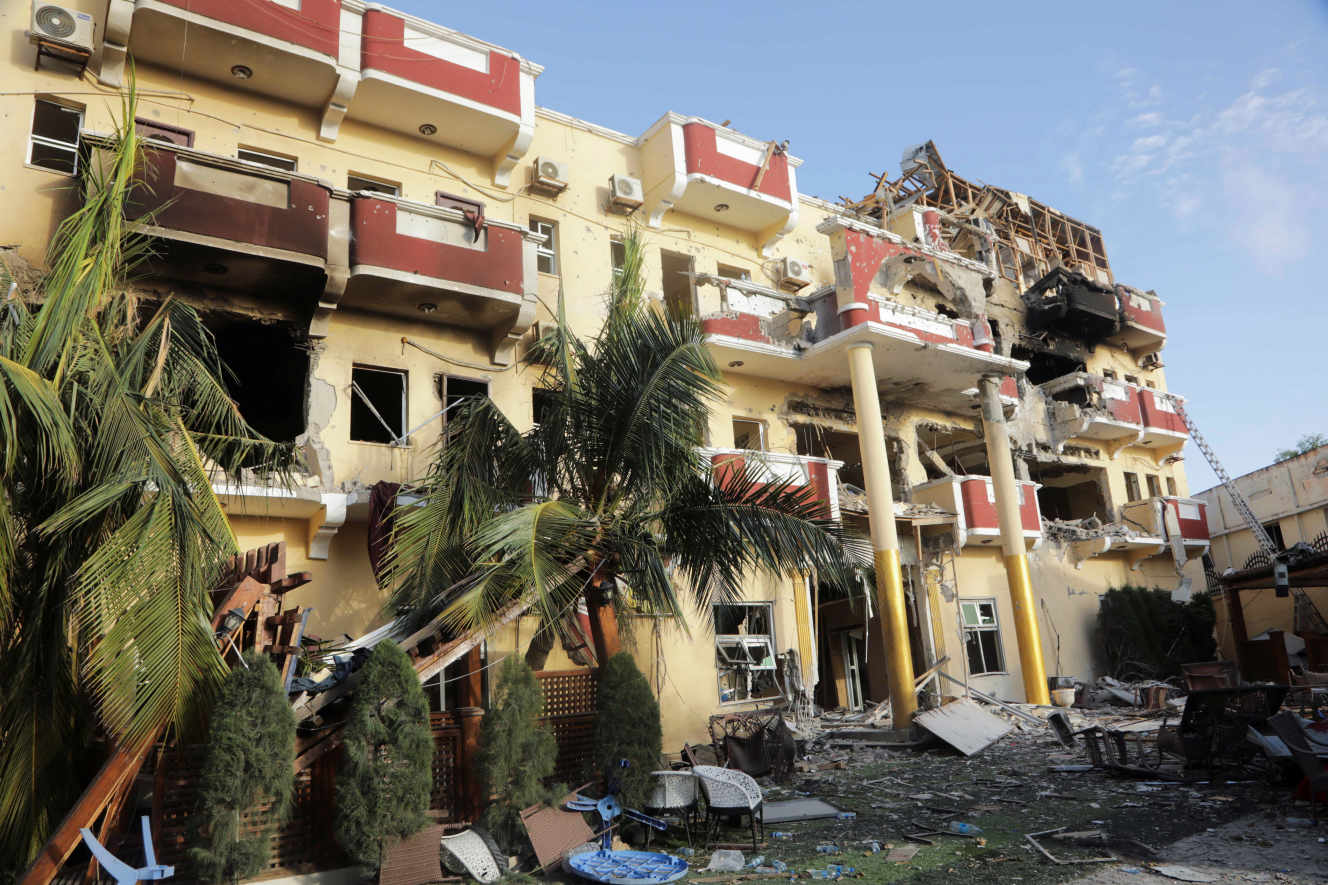After an offensive led by 2,000 Islamist fighters along the Ethiopia-Somalia border, authorities in the former fear the Al-Qaeda-affiliated group’s infiltration as much as further attacks.
Have Al-Shabab set their sights on Ethiopia? Fears have been running high since the Al-Qaeda affiliated Somali group – whose name means “the youth” – launched a major attack on July 20, in which 2,000 Islamist fighters stormed the long border between the two countries, sometimes advancing more than 150 kilometers deep into Ethiopian territory.
Although the Ethiopian army reclaimed its territory after two weeks of intense fighting and air strikes, the situation is far from stable. Six weeks after the end of the operations, skirmishes continue to break out along the border. “The situation is still very fluid in the border areas,” declared an administrator of the Somali region, in eastern Ethiopia, who wishes to remain anonymous.
A Western diplomat in Addis Ababa said that regional authorities are “nervous” about possible infiltration. Several sources have reported the presence of about 100 Al-Shabab fighters in the heart of the country, near the Bale area in the Oromia region of Ethiopia. “They are trying to establish their presence in the long-term, create cells and recruit,” said Omar Mahmood, an expert on Somalia at the International Crisis Group think tank. This mountainous area is strategic because of the long-standing establishment of Salafist Islam in the zone, and the population’s land claims, which could facilitate the Islamist group’s recruitment efforts.
‘Not a one-off operation’
The scale of the attack in late July, with vehicles and supplies mobilized in large numbers, surprised many observers of the Somali powder keg. “I’m surprised by the degree of the group’s organization and its resources. This is a first. We’ve never seen an incursion like this in a foreign country,” said Mr. Mahmood.
The offensive “is neither random nor a one-off operation,” warned General Stephen Townsend, former commander of US forces in Africa, at the end of July. Historically, Al-Shabab have always had Ethiopia in their sights. This nation, which has stepped up military interventions in Somalia over the past two decades in an attempt to ward off the threat, is their sworn enemy. “Bringing up Ethiopia is always a popular way to mobilize in Somalia,” said Roland Marchal, a researcher at the Centre National de la Recherche Scientifique (CNRS, National Center for Scientific Research).
According to him, Al-Shabab’s operations are the result of the group spending more than a year considering the “recent events in Ethiopia” and the “opportunities” represented by “political instability related to the civil war” in Tigray (in the north) and “the weakening of the security services since Prime Minister Abiy Ahmed came to power.”
"Al-Shabab have become the richest and strongest global franchise of Al-Qaeda"Somali Islamist fighters have carried out terrorist attacks in Somalia, Kenya, Uganda and Tanzania, with the latest being the bloody attack on the Hayat Hotel in Mogadishu on 20 August, which left at least 21 people dead. However, they have never managed to strike in Ethiopia. According to Mr. Marchal, they could adopt a different MO there. “It is a safe bet that they will pursue a discreet policy of putting down roots. Their primary objective is not to carry out attacks, but to gain acceptance and to forge links,” he explained.
This process has already begun. For example, for many years, Oromo people have been conscripted into a unit of the group known as the “Ethiopian Front,” which was part of the recent offensive. In July, a few days before the Al-Shabab attack, an operation by Ethiopian security services in the Bale area claimed the life of a man accused of recruiting local youth on behalf of the Islamist group.
French and American interests
“Al-Shabab define themselves as a transnational organization. They don’t want to be seen as a local rebellion that fights only in Somalia, but as a group that wants to take over the region and install an Islamic caliphate,” Samira Gaid of the Hiraal Institute told Le Monde in May. Last year, Al-Shabab leader Ahmed Diriye notably named “French and American interests in Djibouti” as priority targets for the group.
The threat of regional expansion is taken seriously by the United States. While Donald Trump decided to withdraw US troops from Somalia in December 2020, his successor Joe Biden signed into law in May the re-establishment of a “small military presence” of about 500 special forces in Mogadishu.
“Al-Shabab pose a serious threat to security and stability in East Africa. We are committed to supporting our partners in the region to address this threat,” a US State Department spokesperson told Le Monde. Ethiopia announced on July 29 the creation of a “buffer zone” within the Somali territory, although this project has not yet materialized.
In Somalia, the number of attacks carried out by Al-Shabab increased dangerously in 2022, approaching 2017’s level of violence. “Al-Shabab have become the richest and strongest global franchise of al-Qaeda, threatening peace and security as well as humanitarian efforts in Somalia and the Horn of Africa,” Annette Weber, the European Union’s special envoy for the Horn of Africa, told the UN Security Council on September 7, calling for a “substantial” effort by the international community to combat the Islamist organization.

